As mental health issues plague Asian American communities, some fight silence around issue
As the global emergency surrounding the COVID-19 pandemic ended last year, directors at Self-Help for the Elderly, an agency serving San Francisco’s Asian American community, figured seniors would emerge from their seclusion and return to social activities they once embraced: community lunches, tai chi sessions, walks in the park.
Instead, they found, many continued to stay home, alarmed by continuing reports of anti-Asian violence.
“They don’t dare to go out because of a really deep fear of being attacked,” said Anni Chung, the agency’s president and CEO. “That leads to a lack of physical activity and, eventually, signs of depression.”
Nationwide, pandemic-related isolation, anti-Asian rhetoric and abuse – along with mass shootings that claimed Asian victims in Atlanta and California – have exacerbated the mental health challenges faced by Asian Americans in the last several years. Meanwhile, studies show Asian Americans are least likely to seek mental health services, partly because of the cultural stigma that exists around seeking such help.
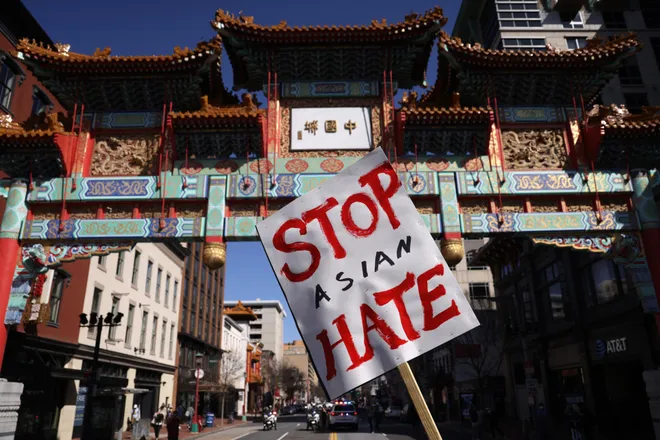
“Having these conversations and seeking mental health care are still stigmatized across Asian American communities,” said Nicole Dowd, director of public programs for the Smithsonian’s National Museum of Asian Art in Washington.
That’s one reason the museum has made mental health and wellbeing the theme of its second annual Asian American, Native Hawaiian and Pacific Islander Heritage Month festival, taking place this weekend.
“Focusing on this highlights the importance of dialogue across AANHPI communities and generations,” Dowd said. “Our goal is create a gathering space for dialogue, learning and mindfulness.”
That May is also Mental Health Awareness Month adds relevance, she said.
The festival will feature listening spaces with music, a series of sound bath meditation sessions and conversations with mental health writers and practitioners, offering festivalgoers tools they can use to address mental health in their own lives, she said.
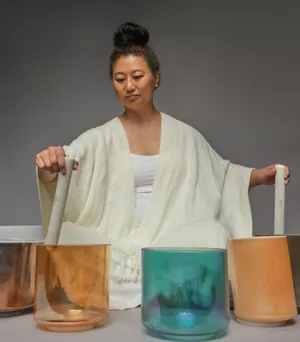
The struggles faced by some segments of the community suggest post-pandemic challenges remain. Asian Americans, Native Hawaiians and Pacific Islanders were among the racial/ethnic groups that experienced the highest increases in suicides from 2021 to 2022, according to the CDC.
Last year in San Francisco, as the pandemic faded and the agency began reopening community centers, it found many seniors were still reluctant to congregate. Instead, centers offered to-go meals, with hundreds of seniors lined up outside for meals they took home and ate alone.
Now, with all centers having since reopened and to-go options discontinued, attendance at those same centers barely hovers around 80 people.
“The fear is still there,” Chung said. “COVID and the anti-Asian attacks did something that impacted their behavior. They have no one to talk to or socialize with, and without that connection they’re going to get frail both physically and mentally.”
Why some Asian Americans avoid seeking mental health care
Community members and advocates say Asian Americans may be reluctant to seek mental healthcare for many reasons, especially given the wide range of experiences and cultural traditions depending on whether their heritage is, for example, Chinese, Japanese, Korean, Filipino, Vietnamese, Hmong or South Asian.
"No experience in the Asian American community is monolithic," Dowd said. "Everyone has their own histories and reasons."
Dowd said some are reluctant to discuss mental health issues out of empathy for what their elders experienced.
“A lot of it comes down to a hesitance to talk about things in the past and the generalized immigrant experience of wanting to move forward,” she said.
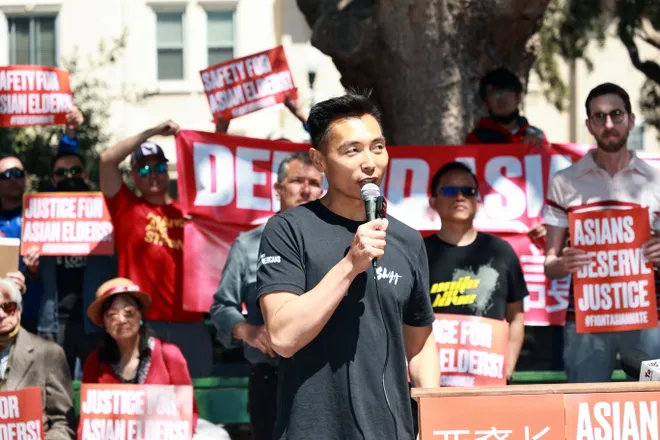
Grace Kim, chair of Boston University’s counseling psychology and applied human development department, said many view physical and mental health in tandem, making them less likely to separate out mental health and instead couching it in terms of fatigue or low energy rather than depression or anxiety.
Chung said that for her agency’s Chinese senior clients, translations for the term "mental illness" carry negative connotations.
“The translation in Chinese means 'crazy,'” she said. “No one wants to be, or wants their family members to be, labeled that way, so they want to hide it because it’s such a taboo.”
Furthermore, many refuse to ingest what they see as psyche-altering drugs.
“They hear about the effects of taking them – that they become a different person,” Chung said. “So people won’t take their medications. It’s difficult when providers don’t speak their language or understand their culture.”
Psychology workforce plagued by lack of diversity
The lack of culturally competent mental health providers is one that plagues most communities of color.
“Even in Chinatown, where we have 200,000 Chinese, I don’t think you could easily find a bilingual psychiatrist who practices in the community,” Chung said.
According to a 2020 American Psychological Association report, 84% of the psychology workforce is white, while Asians comprise just 4%.
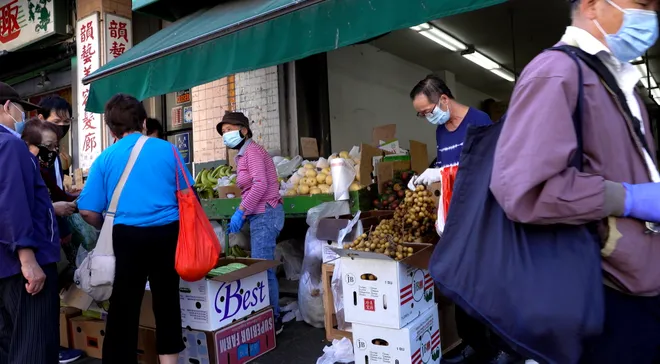
That means Asian American clients face challenges finding mental health professionals aware of their lived experiences who can skillfully support them. The few therapists who do meet those qualifications often have workloads already stretched by the pandemic, with waitlists not uncommon.
“We know that there are fewer in-language providers available to meet the needs of all minoritized communities, including Asian Americans,” said Anne Saw, an associate professor of psychology at Chicago’s DePaul University.
Earlier this year, the National Museum of Asian Art convened a group of artists, community leaders and health providers to discuss the mental health issues facing the nation’s Asian American communities.
“What we learned is that challenges come from a range of experiences such as intergenerational trauma, questions of identity, discrimination, violence related to the pandemic and the general stresses we face as human beings,” Dowd said. “But there’s also a lack of accessible tools.”
Saw said that if there’s any silver lining to the crisis, it’s that some in the community are becoming more willing to talk openly about mental health.
“There’s still that stigma, but people are more willing to engage in these conversations because they’ve seen firsthand the impact of all these stressors on their families and children,” she said.
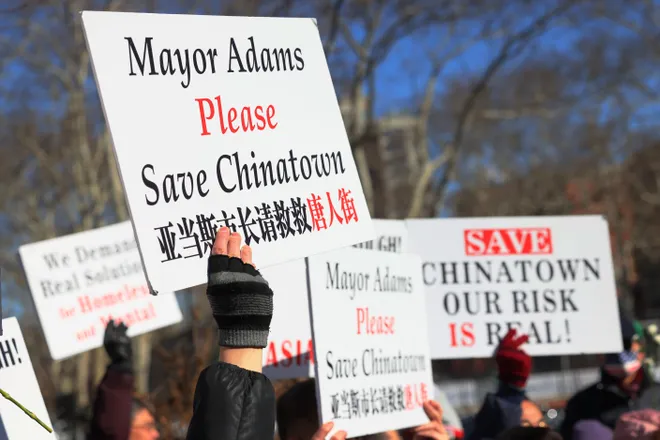
Kim agreed.
“Many Asian Americans, especially young adults, are talking about mental health and seeking out supports specifically through Asian American therapists or other therapists of color,” she said. “This knowledge of what they need, and being able to ask for it, is great.”
Finding ways to overcome mental health stigma
In San Francisco, with seniors reluctant to go to mental health clinics, Chung’s agency has found ways to have the clinics come to them. For instance, one city mental health provider Chung knew would visit the agency's community centers, sifting out symptoms of depression through casual conversation and making suggestions to help them address the issue, such as socializing more.
“If you asked our patients to walk into a mental health clinic, there’s no way they would go,” Chung said. “So it was a cultural way of dealing with a difficult and taboo subject, making it more of a normal conversation instead of a therapy session.”
The agency relies on a half-dozen other retired clinicians who occasionally drop in to engage seniors in the same way, Chung said.

Meanwhile, Chung said some social workers now employ terms such as "psychological" or "spiritual health" when speaking with seniors to avoid triggering alarms while asking about telltale signs like loss of sleep, appetite or a desire to see family or friends.
“The seniors would never you outright that they’re depressed or anxious,” she said. “They don’t want to be stigmatized.”
Saw said another way to approach the reluctance among some could be to appeal to the importance of family in Asian American culture, stressing the benefits that mental health care can provide for such relationships. She also pointed to programs that indirectly address mental health through social activities, connecting people around hobbies or tai chi.
“They’re more captivating ways of bringing people out of their house and connecting them with people who can support them,” she said. “Those are the programs that will probably be models for us going forward.”
Disclaimer: The copyright of this article belongs to the original author. Reposting this article is solely for the purpose of information dissemination and does not constitute any investment advice. If there is any infringement, please contact us immediately. We will make corrections or deletions as necessary. Thank you.



